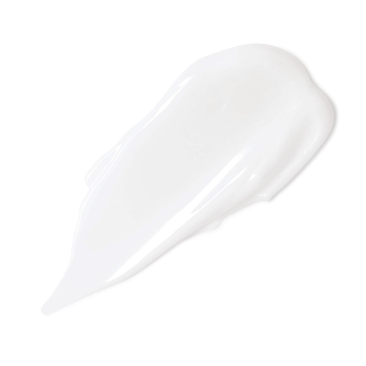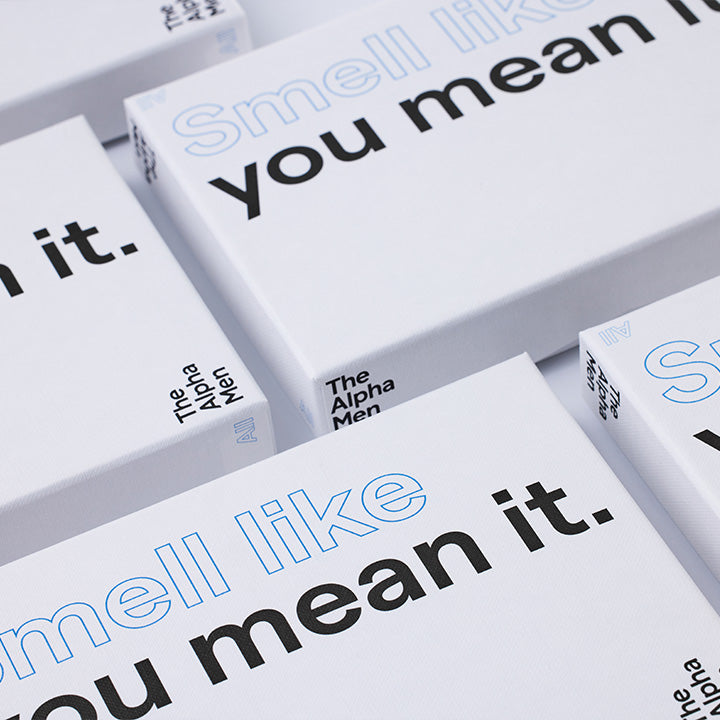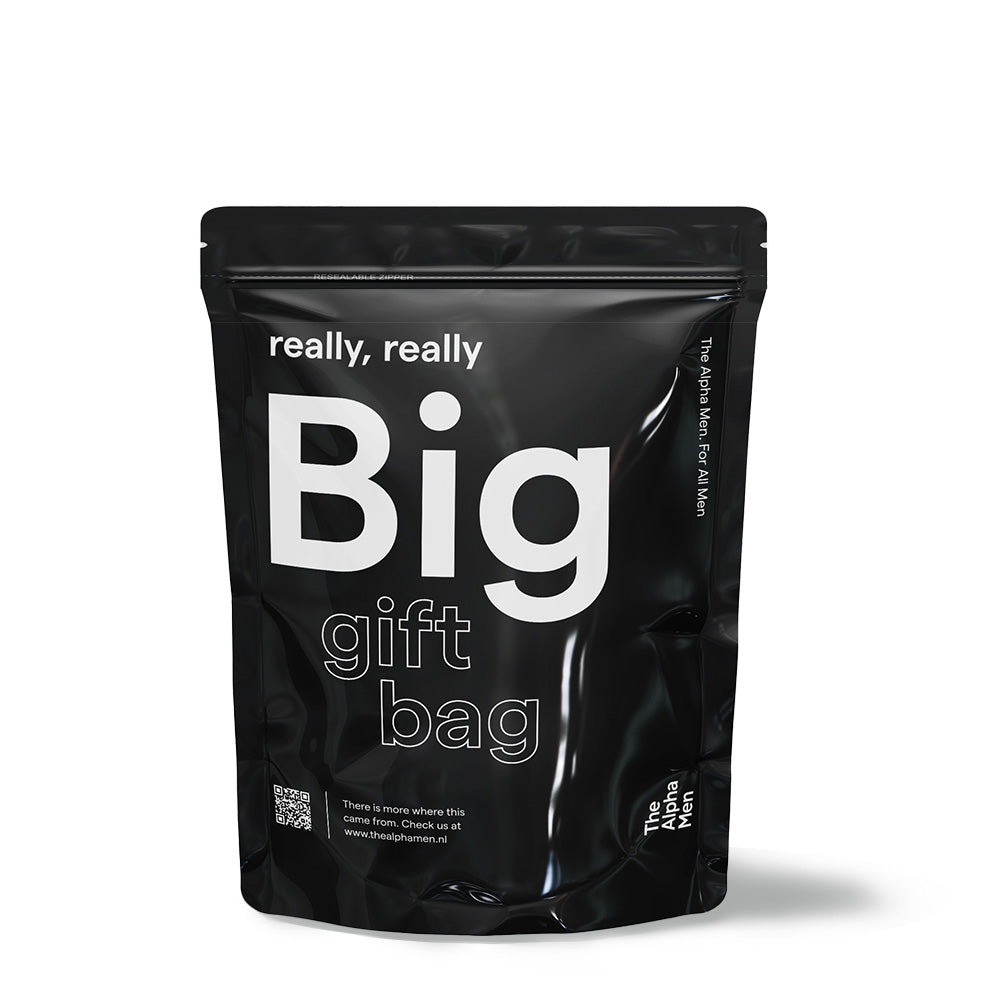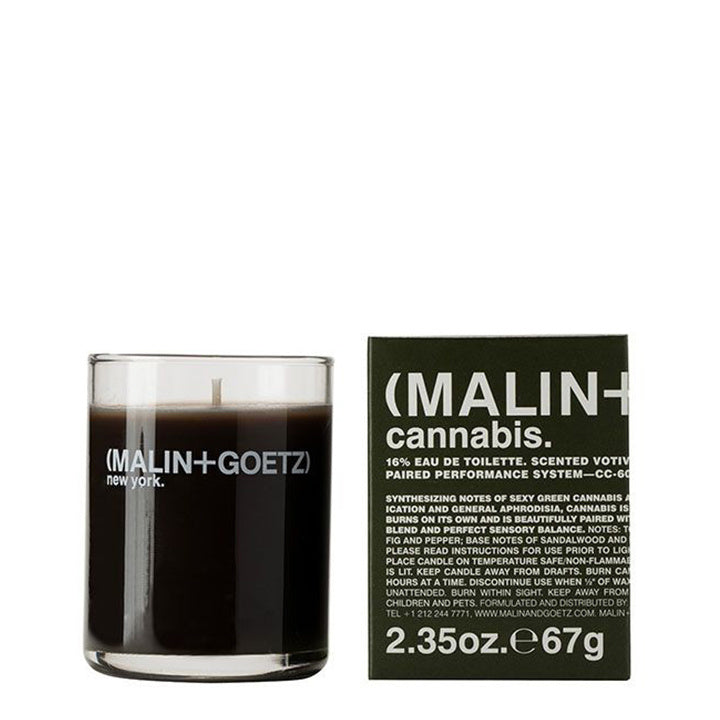Spring has begun, the sun is shining again and we are building up to the tropical summer months. Time to fold out your sun bed, grab an ice cold beer, pumps a la playa by pumping your speakers and growing a nice brown color. Unfortunately, this scenario is not without any danger.
The sun strength increases a bit more every year, so extra reason to protect yourself. Unfortunately, one in six Dutch people have to deal with skin cancer annually, in the meantime one of the most common forms of cancer. Dermatologists and doctors see forms of skin cancer, causing the sun, increasing more and more. That is why it is time to pay some extra attention to this.
UV radiation
UV stands for Ultraviolet, this radiation comes from the sun. This radiation not only brings negative consequences, since there would be no life on earth without this UV radiation. Not unimportant. Unfortunately, this radiation also ensures that your skin can burn considerably and that you can get nasty diseases or damage. With the right one sun protection Can you prevent this damage.
Three types of radiation
UV radiation can be divided into three categories:
- UV-A Radiation
- UV-B radiation
- UV-C radiation
The UV-C radiation is not so well known and not harmful to us. The UV-C radiation does not come through the ozone layer. UV-A and UV-B radiation are the more famous versions. UV-B radiation influences the epidermis and ensures that we absorb the important vitamin D3. When you sit in the sun for too long, the skin burns and damage occurs.
UV-A radiation goes a little deeper into skin and therefore provides the brown color on your skin. Ultimately, this radiation can cause a disruption of the cells. This can therefore be the cause of skin cancer. The UV-A radiation also causes aging of your skin. No fine side effects, so it is so important to lubricate well with a sunburn That file is against UV-A radiation.
Sun power
Sun power is the term used to express the radiation. The sun power can be distributed from sun power 1 to 10. Most Dutch people burn at sun power 8 or higher. At least, if you don't use protection.
Remember that even on a cloudy day 40% of UV radiation reaches our skin. This means that the sun can also be harmful in the spring, autumn and winter. So keep lubricating. In this case, an SPF 15 or SPF 30 will protect most Dutch people enough.
SPF
Everyone is familiar with the term SPF. But what exactly is it? SPF stands for "sun protection factor". You probably know the higher the SPF, the better the protection against the sun, but there is still quite some confusion about SPF. The number that follows the word SPF tells you how long it takes before UV radiation can make your skin red versus the time without protection.
Suppose you would normally burn after 10 minutes, then with factor 30 you would only burn after 10 x 30 = 300 minutes and with a factor of 50 after 500 minutes. The higher the sun power, the faster your connection and so the sun power influences the factor of sun protection. With factor 15 there is 7% radiation due to the filter and with factor 50 that is only 2%. So that is more than 3 times less. Lubricating with a high factor is therefore an advantage in all cases.
A good SPF sunscreen protects you against immediate redness and against the aging effects in the longer term due to excessive sun exposure.
How do you use sunscreen with SPF?
A good SPF sunscreen protects you against immediate redness and against the aging effects in the longer term due to excessive sun exposure. But how do you use it?
You use sunscreen the same as a day cream. Spread a layer over your skin and spread well gradually. Divide the product all over your body and especially pay attention to your face and any tattoos. They are extra sensitive to the sun. Also read the packaging of your sunscreen, it says how often you should lubricate and whether it is waterproof.
Tip: Do not lie in the sun for longer than 2 to 3 hours. After that time, your body stops producing melanin and you will not become browner, while the chance of damage is only increasing.
Our favorite sunscreen
 |
 |
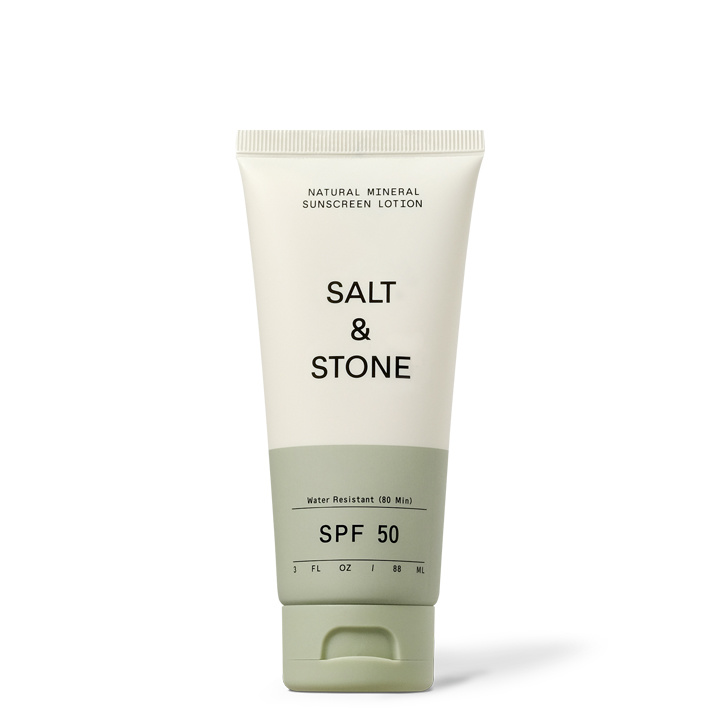 |
|
Salt & Stone - Sunscreen Lotion SPF50 |
Aftersun
After a day of sunbathing it is important to listen to your skin, even if you don't have the color of a lobster yet. It is important to restore the moisture content of your skin. You can do this through a good one aftersun To use. When the moisture content of your skin dries out, your skin can lose elasticity, become dry and form wrinkles. Doesn't sound nice, it's not either. Pay particular attention to ingredients such as Niacinamide, Hyaluronic Acid and Glycerine, that will make your skin happy.
But everyone also knows the next situation. You have been baking on the beach and you have a nice place to sleep. When you wake up rested you feel your skin burning like a warm plate. The reflection in your mirror colors bright red and you know enough: I f*cked up. In this situation, pay particular attention to ingredients such as aloe vera, licorice root extract or beta glucan. These will then be your best friends and give your skin the cooling and care what he asks for.
A good day or night cream often also contains these ingredients and can therefore certainly help to calm your burnt skin again.
A good aftersun is a good cream, and a good cream is a good aftersun!
Our favorite aftersun
 |
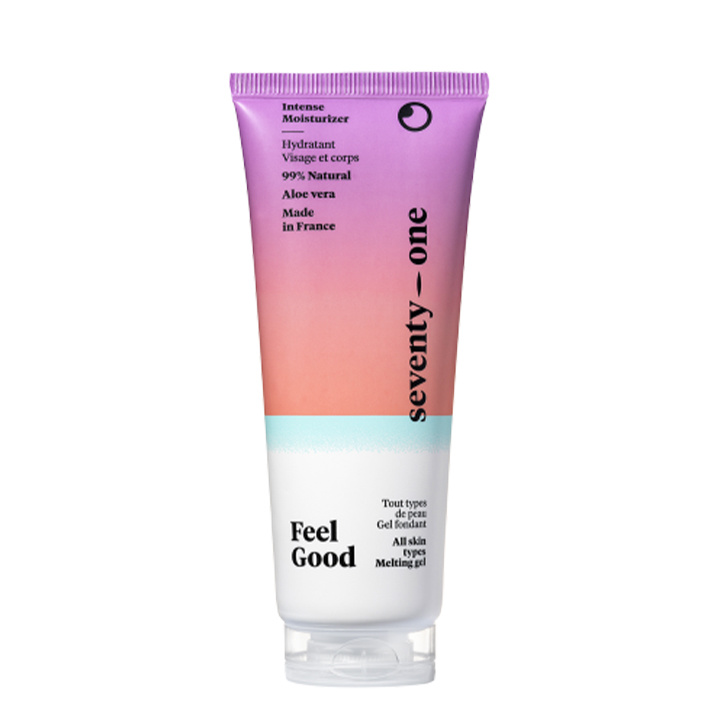 |
 |
Supplements
If you are planning to defy the sun's rays heroic during your summer vacation, it is a good plan to delve into supplements that contain beta carotene, selenium, lycopene and vitamin E.
These substances ensure that your skin is better off against the bright sparkle and turns brown faster. For example, beta carotene has the properties that it is converted within the body into vitamin A. This substance ensures that the skin comes into a healthy condition and also stimulates the production of melanin that again ensures that you brown nicely.
In addition, this substance also has a supporting function for the eyes, stimulates cell renewal and gives it a boost to the health of the organs. Beta carotene also occurs in various vegetables such as spinach, carrots and green peas. In addition to the aforementioned beta caroteen, it is also advisable to take supplements with lycopene, vitamin E and selenium. These substances are an important part for the resilience and resilience of your skin.
Is so Vitamin E A powerful antioxidant that is mainly stored in the skin. It protects against free radicals and to retain moisture. Selenium actually increases the antioxidant properties of vitamin E (as well as support of your immune system and thyroid gland) and protects your cells against harmful effects from outside. This substance also promotes radiant skin.
Tips to prevent sun damage
- Do not look the sun between 12:00 and and 15:00. Then the sun power is at its strongest.
- Use a sunscreen with high SPF during sunbathing that protects against UV-A radiation.
- Read the instructions for your sunburn, so you know how often you have to put in.
- Check whether you are waterproof, otherwise spread again after swimming or excessive sweating.
- Note the shelf life of your sunburn! On the packaging you can find how long it can be kept after opening.
- Drink enough water, the sun dries out and can cause hyper pigmentation.
- In addition to sunburn, you can also protect your skin through clothing, sunglasses and a cap or hat.
- Use a sunburn with an SPF of 15 or 30 on cloudy days (also in the fall and winter).
Despite the misery that has just been discussed, there are of course also good qualities that the sun entails. Let's start with the position that we would all die out without the sun. So, Point Proven. But in addition to this extreme point, the sun also provides vitamin D, your beautiful tinted color and especially many days and evenings full of pleasure. So let's not forget to continue to enjoy the sun extremely! Just do it in a slightly more responsible way, it just prevents a lot of hassle.
Enjoy the sun!
Your friends, The Alpha Men


